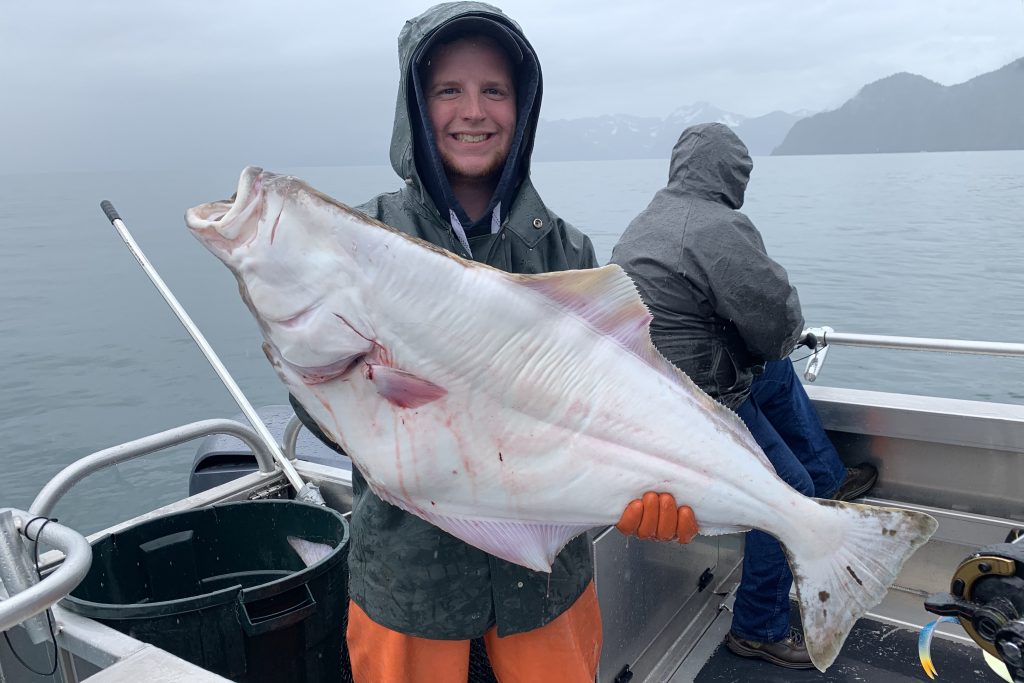Fishing is a great experience and can be done in many ways. In most cases, fishing is done to catch a primary food source or hobby. Fishing in itself is a fun experience, especially when you go with the company. This article will serve as the “ultimate guide” for those who are looking to have an amazing time fishing in Alaska.
World class Alaska fishing is a great way to enjoy the outdoors, but also get some fresh fish for dinner. Whether you want to catch salmon or halibut, there’s no better place than Alaska.
There are many benefits of fishing in Alaska:
- You can catch salmon and other fish all year long here!
- The scenery is breathtakingly beautiful!
- There’s a lot of wildlife around too!
The rainbow lodge restaurant offers a gourmet dining experience with fresh, local ingredients. The menu features Alaska seafood such as king salmon and halibut, as well as prime rib, chicken, and steak.
Best Times to Go Fishing in Alaska
The best time to go fishing in Alaska is between May and September. The weather is warm enough for you to enjoy the outdoors without freezing, but it’s still winter, so there are fewer crowds. If you want to fish in the winter, head over to the Kenai Peninsula where the water freezes over and provides a safe environment for ice fishing. In Southeast Alaska (Sitka), salmon fishing takes place during late summer and early fall as well; this is also when halibut and rockfish season begins as well as king crab season near Ketchikan.
Best Fish to Catch in Alaska
If you want to catch the biggest fish, then stick to salmon. They’re plentiful and easy to find in many Alaskan rivers. The most sought-after kind of salmon is sockeye, king, and silver salmon. Sockeye are bright red when they’re caught fresh out of the water, while kings can grow up to 30 pounds! June is a great time to watch fly fishing for salmon in Alaska. To catch them you’ll need an Alaska fishing license for that area’s fishery management council (see below). Silver is medium size fish between 4 and 7 pounds, which makes them great table fare after a day on the river or stream.

Leopard rainbow trout are freshwater fish that belong to a species of trout found in the Pacific Ocean, Atlantic Ocean, and several lakes. A rainbow trout is typically brown or gray in color with a mottled pattern of spots on its back and sides.
Alaska salmon fishing guides lead groups through rivers and lakes to catch salmon for sport or food purposes.
Fishing in the Inside Passage
The Inside Passage is a popular fishing destination for anglers of all levels. This 1,000-mile route runs through southeast Alaska and is the main route for cruise ships. The Inside Passage can be accessed from almost any coastal town in Alaska, making it easy to get to from anywhere in the state. King Salmon Alaska Lodging is a family-owned and operated lodge. They offer year-round fishing, hunting, and sightseeing tours.
Fishing in Southeast Alaska
The best part about fishing in Southeast Alaska is that you don’t need an ocean-going vessel to get out there with your rod and reel (or net). If you have access to freshwater lakes or rivers, then all you need is some bait, maybe some tackle from a nearby tackle shop (or even Amazon), and off we go!
Fishing on Admiralty, Baranof, and Chichagof Islands (ABC)
ABC islands are located in the Gulf of Alaska, an area known to be home to many species of fish and birds. The three islands are part of the Tongass National Forest, a forest that is known for its dense vegetation, clear streams, and a wide variety of wildlife. The islands also have a great deal of historical significance as they were used by Tlingit tribes for centuries prior to European settlement. There are many species that live on these islands including salmon, halibut, trout, and birds like puffins and eagles!
Fishing in Southcentral Alaska
The best times to fish in Southcentral Alaska are during the months of May through September. The summers are fairly temperate and you will be surrounded by mountains and waterfalls, making your trip all the more enjoyable. Fishing in June, July, and August can be rather crowded so if you prefer solitude then go earlier or later in the year.
Fishing in Western Alaska
If you’re looking to go big game fishing in Alaska, you can’t go wrong with the western region. The Bering Sea is home to some of the biggest and best fish in Alaska, and many of them are sought-after by both sport fishermen and commercial fishermen alike. The waters are definitely not for beginners—you need to know what you’re doing if you want to catch your own dinner here! But if you have some experience under your belt, prepare yourself for a grand adventure.



